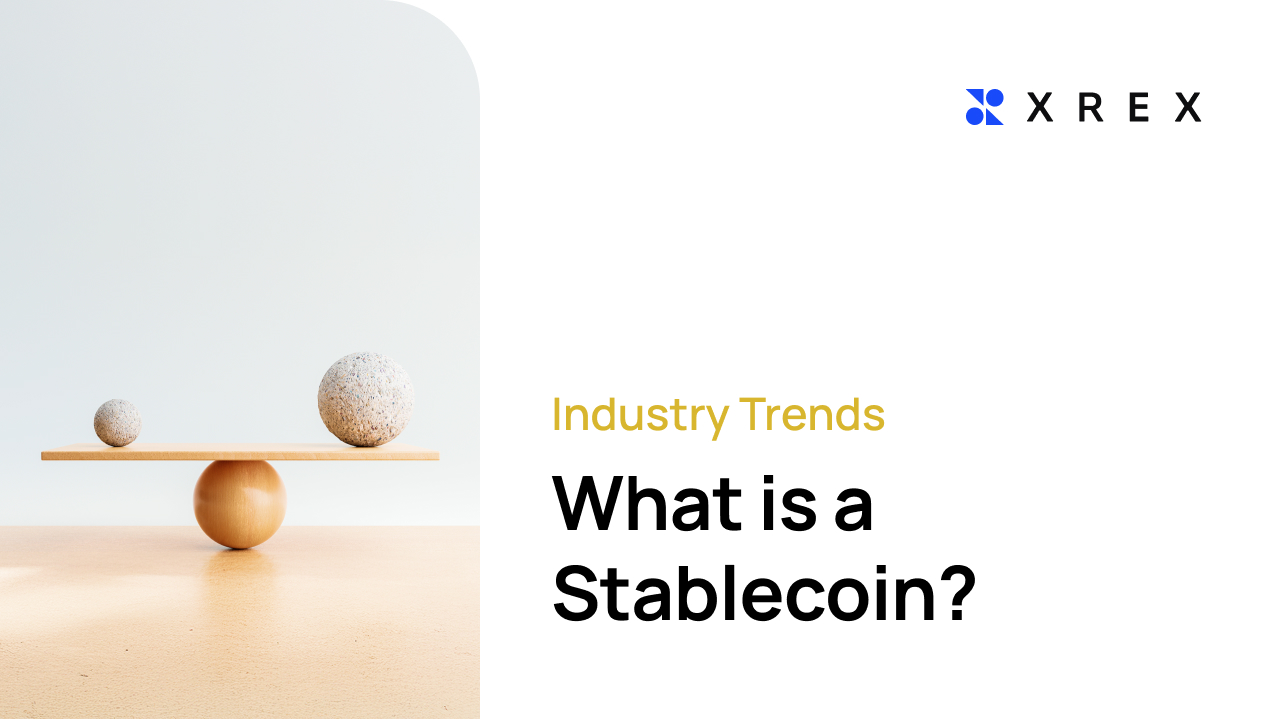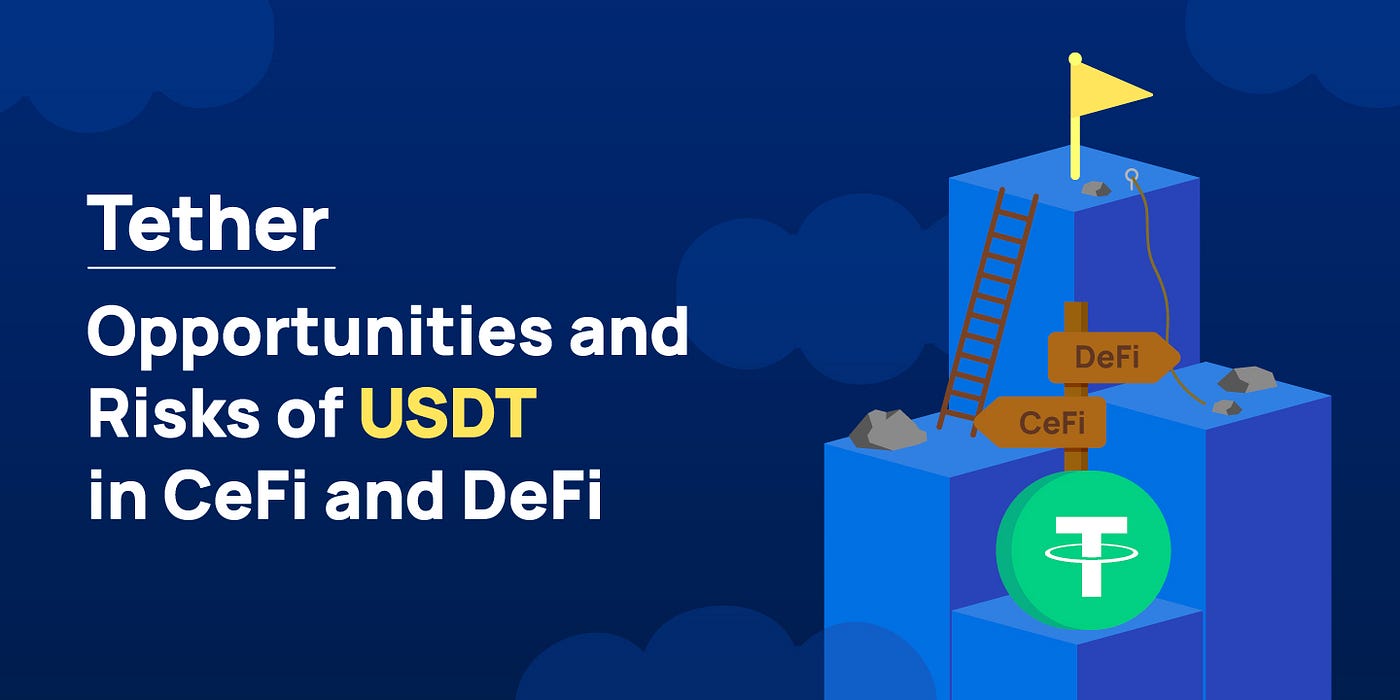
Stablecoins have emerged as one of the most closely watched topics in global finance in 2025. In July, US President Donald Trump signed the GENIUS Act, the first federal law in American history dedicated to digital assets and is now among the world’s most influential cryptocurrency regulations. The move formally brought stablecoins under regulatory oversight, marking a new chapter for the global crypto industry and drawing heightened international attention.
What is a Stablecoin?
Unlike cryptocurrencies such as Bitcoin or Ethereum, stablecoins are pegged to the value of fiat currencies such as the U.S. dollar or Euro at around a 1:1 ratio. U.S. dollar stablecoin issuers must reserve an equivalent amount of dollar-denominated assets for every token in circulation, ensuring price stability and parity with the dollar.
With minimal price volatility, stablecoins serve not only as a unit of account and medium of exchange within crypto markets, but also as a tool for faster, more efficient payments, transfers, and cross-border transactions.
The world’s most influential stablecoin, USDT, was launched in 2014 by Tether and remains the top market leader.USDC, issued by Circle, ranks as one of the most widely used stablecoins. According to Citi’s Digital Dollars report, with clearer regulations and greater institutional adoption, the global stablecoin market could surpass $1.6 trillion by 2030.
“Payment stablecoins” refer specifically to stablecoins designed for payments and settlements. Under the GENIUS Act, a payment stablecoin is briefly defined as:
A digital asset designed to be used as a means of payment or settlement, whose issuer is required to convert, redeem, or repurchase the asset for a fixed monetary value, or maintain—or create the reasonable expectation of maintaining—a stable value relative to a fixed monetary value.
📍More to Explore:Empowering Gig Economy and Global Labor Mobility with Instant Cross-Border Payouts: XREX Pay
Real-World Use Cases
Cross-Border Remittances and Payments
Traditional cross-border transfers rely on bank intermediaries and the Society for Worldwide Interbank Financial Telecommunication (SWIFT) network for clearing and settlement, a process that typically takes three to five business days and costs between 6% and 12% of the transaction amount.
By contrast, stablecoin transactions occur on blockchains, enabling 24/7 operations, global accessibility, and near-instant settlement, often in minutes. Fees depend on the blockchain used but generally range from $0.10 to $5 per transaction. For companies engaged in frequent international trade, stablecoins can significantly reduce payment costs and improve cash flow efficiency.
In 2023, remittances to low- and middle-income countries totaled an estimated $669 billion, yet the global average fee for sending money abroad remained a steep 6.62%, according to World Bank.
Big Tech and Retail Players Move In
Global technology and retail giants are also entering the stablecoin space to address inefficiencies in traditional finance. The Wall Street Journal reported that Amazon and Walmart are exploring proprietary stablecoins or partnerships with existing platforms to reduce reliance on networks like Visa and Mastercard, cutting transaction costs and speeding up settlement.
In April, Mastercard unveiled a global peer-to-peer stablecoin payment solution in collaboration with crypto firms, aiming to expand stablecoin use in commerce. “We believe stablecoins have enormous potential to simplify payments and commerce,” said Jorn Lambert, Mastercard’s chief product officer. The company is working with payment processor Nuvei and Circle to allow merchants to accept USDC.
📍More to Explore:Better Liquidity and Faster Settlement for Payment Service Providers (PSPs): XREX Pay
New Financial Institutions for the Stablecoin Era
Blockchain-enabled financial institution XREX Group’s Singapore subsidiary, licensed by the Monetary Authority of Singapore as a Major Payment Institution, is allowed to provide six core services:
- Account issuance
- Domestic money transfers
- Cross-border money transfers
- Merchant acquisition
- E-money issuance
- Digital payment token services
Since receiving approval for licensed activities in May 2024, XREX launched XREX Pay, a platform supporting fiat, stablecoins, and other cryptocurrencies, targeting B2B needs in developing markets. XREX Pay enables small and medium enterprises (SMEs) to make secure, low-cost, cross-border payments.
Stripe’s Entry into Stablecoin Payments
Also in April, Stripe announced a new stablecoin payment product for businesses outside the US, UK, and EU. The initiative integrates technology from Bridge, a company founded by former Coinbase executives Zach Abrams and Sean Yu. Bridge provides software for stablecoin payments, cross-border transfers, fiat–stablecoin conversion, and enterprise-issued stablecoins to boost liquidity and efficiency.
By leveraging Bridge’s infrastructure, Stripe aims to bypass the constraints of legacy networks like SWIFT, offering a faster and cheaper alternative for cross-border commerce.
📍More to Explore:Better Liquidity and Faster Settlement for Payment Service Providers (PSPs): XREX Pay
Reshaping Global Financial Infrastructure
From Stripe’s enterprise solutions to Amazon and Walmart’s settlement cost ambitions and XREX Pay’s focus on emerging-market SMEs, stablecoins are steadily embedding themselves into everyday finance. This transformation is not only about technological innovation; it represents a fundamental reconfiguration of the world’s financial infrastructure.
🚀 If you are ready to explore stablecoin-based payouts, please contact our Business Development team for support. With MAS licensing in Singapore and investment from leading players like Tether, XREX Pay provides secure, compliant, and enterprise-grade payment infrastructure for businesses. Enable faster, cheaper, and safer gig economy payments—and unlock new opportunities for growth.
About XREX Group
XREX Group is a blockchain-enabled financial institution working with banks, regulators, and users to redefine banking together. We provide services to businesses in or dealing with emerging markets, and novice-friendly financial services to individuals worldwide.
Founded in 2018, XREX offers a full suite of services such as digital asset custody, wallet, cross-border payment, fiat-crypto conversion, cryptocurrency exchange, asset management, and fiat currency on-off ramps.
Sharing the social responsibility of financial inclusion, XREX leverages blockchain technologies to further financial participation, access, and education.
XREX Singapore operates under the Major Payments Institution (MPI) license issued by the Monetary Authority of Singapore (MAS). XREX Taiwan is a regulated VASP that completed its Compliance Declaration on Anti-Money Laundering (AML) with Taiwan’s Financial Supervisory Commission (FSC) in March 2022. It passed its AML registration with the FSC in September 2025, becoming one of nine approved VASPs.






